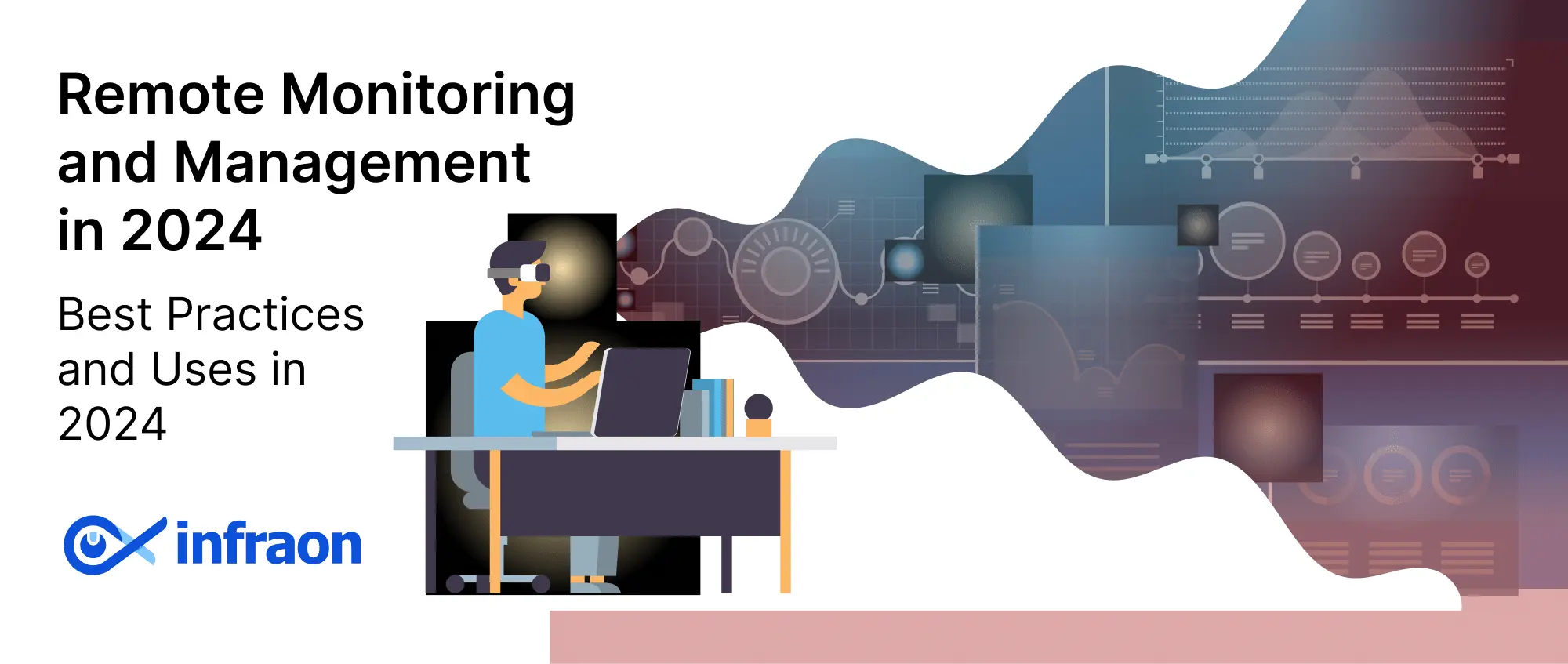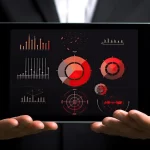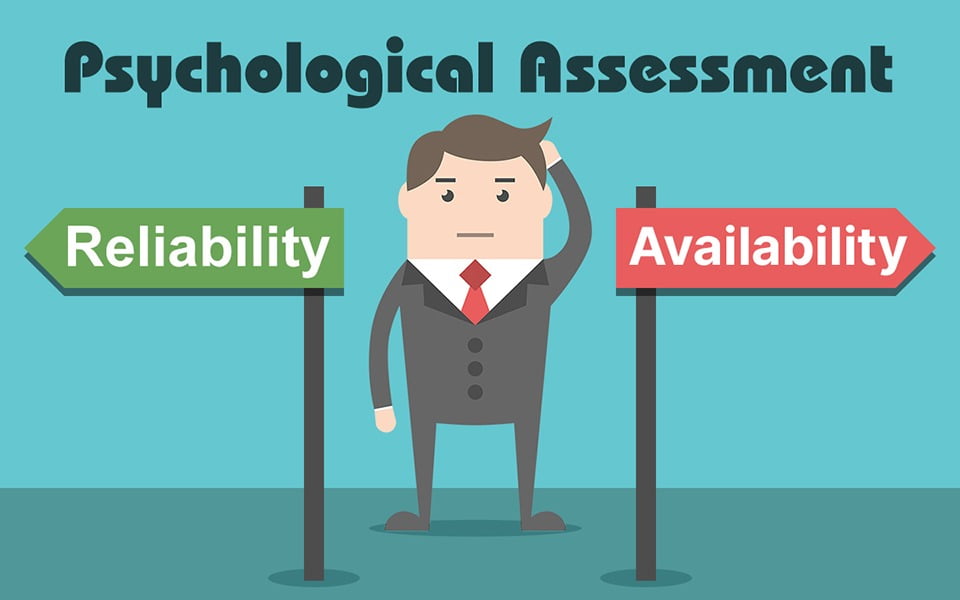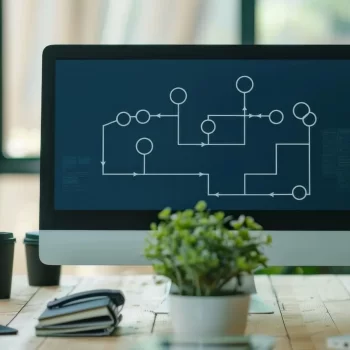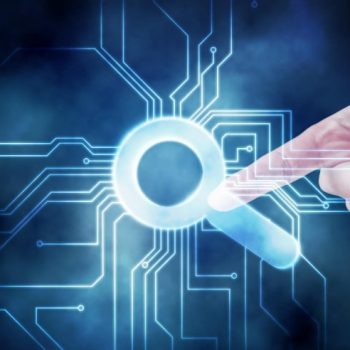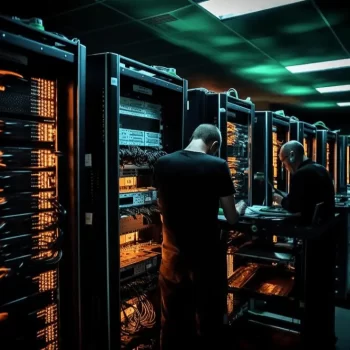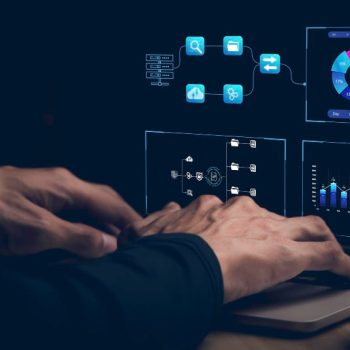The shift towards remote work has accelerated significantly. The recent statistics from FlexJobs indicate that 8 in 10 people work remotely. These stats emphasize the critical role of Remote Monitoring and Management in 2025 in ensuring the seamless functioning of IT infrastructures for MSPs.
However, RMM is not a static service that can be delivered the same way forever. As technology evolves, so do the challenges and opportunities for RMM. Hence, MSPs must stay ahead and adopt the best practices for remote monitoring and management in 2024.
Related blog: Six signs you must leverage a new RMM Tool as an MSP
Here are some best practices for remote monitoring and management in 2025:
1. Proactive Monitoring
MSPs should not wait for the clients to report problems but rather anticipate and prevent them. Thus, RMM should monitor the system in real-time to detect potential issues. This means setting up baselines and thresholds for the client’s IT systems and alerting the MSPs when any deviation occurs.
Proactive monitoring minimizes system downtime and ensures critical business processes continue without interruptions and at optimal performance.
2. Alerts and Notifications
Timely alerts and notifications are beneficial as they prevent minor problems from escalating into major problems. MSPs should configure the RMM with alerts for key performance indicators, security incidents, and potential vulnerabilities.
This will ensure that MSPs respond promptly to potential problems with a client’s system, maintaining a high level of service quality.
3. Integration with IT Frameworks
MSPs should integrate their RMM tools and processes with the clients’ IT frameworks and ITIL guidelines. This will ensure that the remote management tools align with the client’s business goals, strategies, and best practices.
These integrations help MSPs measure and improve remote management performance and quality while streamlining problem, incident, and change management. Integrations prevent any data or knowledge loss and minimize downtime during the disaster.
4. Secure Remote Access
Secure remote access is non-negotiable, especially with increased cyber threats. With secure access, MSPs can perform maintenance, troubleshooting, and configuration tasks remotely without compromising the clients’ data or privacy. They can quickly diagnose and resolve end-user issues, deploy critical software updates, and track network assets and inventory.
Hence, they should implement robust authentication measures, encryption protocols, and multi-factor authorization in the RMM to safeguard remote access points. Secure remote access also reduces the need for onsite visits, saving time and money.
5. Reporting and Analysis
MSPs should generate and share regular reports and analyses with their clients. The reports should show the status, performance, and health of the RMM tool. It should be clear, concise, and actionable, highlighting the key metrics and insights. Customizing and tailoring the reports to the client’s needs and preferences using graphs, charts, and tables will add the cherry on the cake.
MSPs can use this analysis to identify trends, predict potential issues, and optimize the RMM performance. While this enhances service quality, it also positions MSPs as strategic partners. Eventually, it will help MSPs improve service delivery and identify new opportunities to serve their clients.
6. Patch Management
MSPs should implement a robust and consistent patch management process, ensuring the RMM is updated with the latest security and functionality patches. Failure to do so can result in security vulnerabilities. With 60% of data breaches attributed to unpatched vulnerabilities, efficient patch management is a critical component of RMM.
Patch management should be automated, scheduled, and verified, minimizing the risks of vulnerabilities, errors, or conflicts. It should also align with the client’s business requirements, policies, and preferences.
7. Automation
Automation reduces operational costs by up to 30% and business efficiency by 40%. Hence, MSPs should leverage automation tools for remote monitoring and management in 2024. This helps to streamline and simplify remote management tasks, such as backup, recovery, provisioning, deployment, and optimization.
By automating routine tasks, MSPs save time and minimize the risk of human errors. It will also free up the time to focus on more strategic initiatives.
Following the best practices for remote monitoring and management in 2024, as mentioned above, MSPs can deliver exceptional RMM services to their clients, enhancing their value proposition and competitive edge.
Remote Monitoring and Management in 2025
As technology evolves, so do the challenges and opportunities for RMM. MSPs must be ahead of the curve and adopt the best practices for remote monitoring and management in 2024. With new technologies and trends emerging all the time, we can expect to see a continued focus on the following areas of remote management and monitoring in 2024:
Artificial Intelligence
- Ticket Resolution Accuracy: AI-driven solutions enhance ticket resolution accuracy by analyzing patterns and historical data. This means faster and more precise issue resolution.
- Hands-Free Solutions: AI automates routine tasks, allowing MSPs to focus on strategic initiatives rather than mundane chores.
- Reduced Ticket Resolution Times: AI algorithms swiftly identify and address issues, minimizing downtime and improving user experience.
Cloud-Based RMM Solutions
- Scalability: Cloud-based RMM scales seamlessly to accommodate growing IT environments.
- Flexibility: MSPs can manage endpoints and networks from anywhere, making it ideal for remote work scenarios.
- Cost-Effectiveness: A cloud-based solution eliminates the need for on-premises infrastructure, reducing capital expenditures.
Internet of Things (IoT)
- Increased Scope and Complexity: IoT will increase the scope and complexity of remote monitoring and management as more and more devices, sensors, and systems will be connected to the internet.
- Diverse and Distributed Networks: IoT will require MSPs to monitor and manage a diverse and distributed network of devices, ensuring their performance, security, and interoperability.
- New Service Opportunities: IoT will also enable MSPs to offer new and innovative services and solutions to their clients, such as smart homes, smart cities, and smart industries.
In summary, with AI, cloud-based, and IoT, RMM solutions can drive efficiency, security, and innovation in IT management. As MSPs embrace these technologies, they position themselves as industry leaders.
